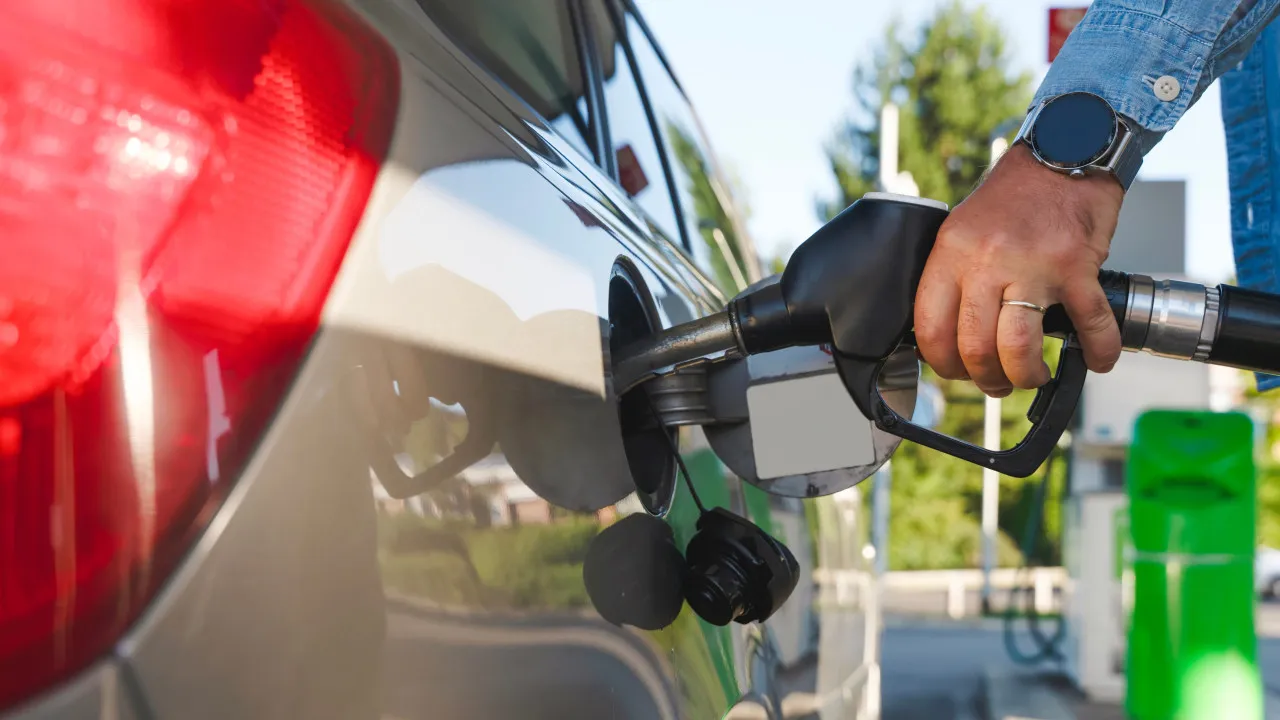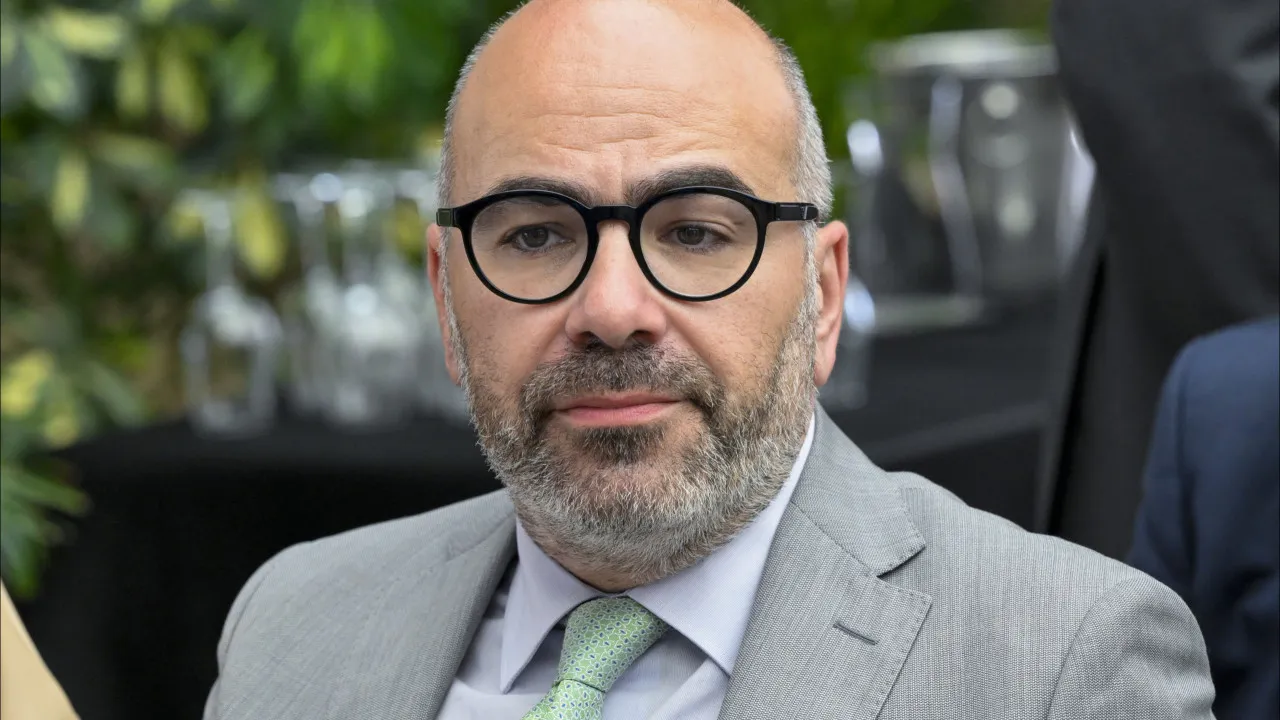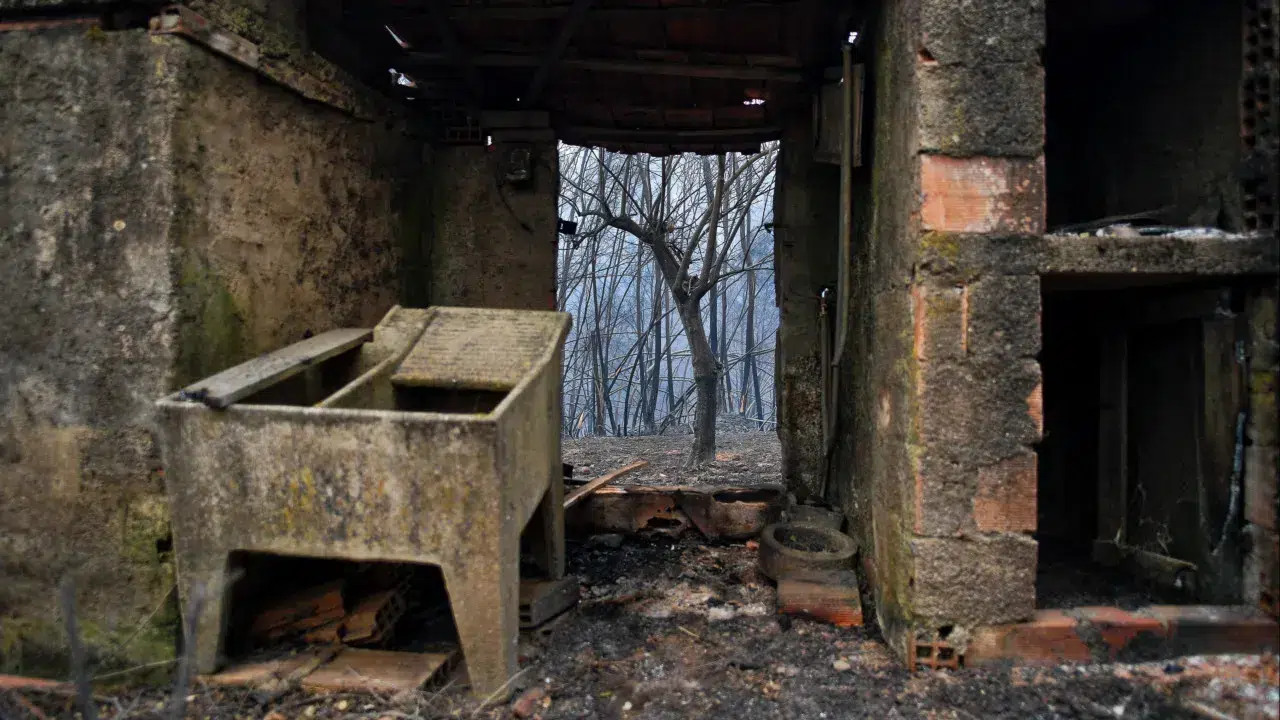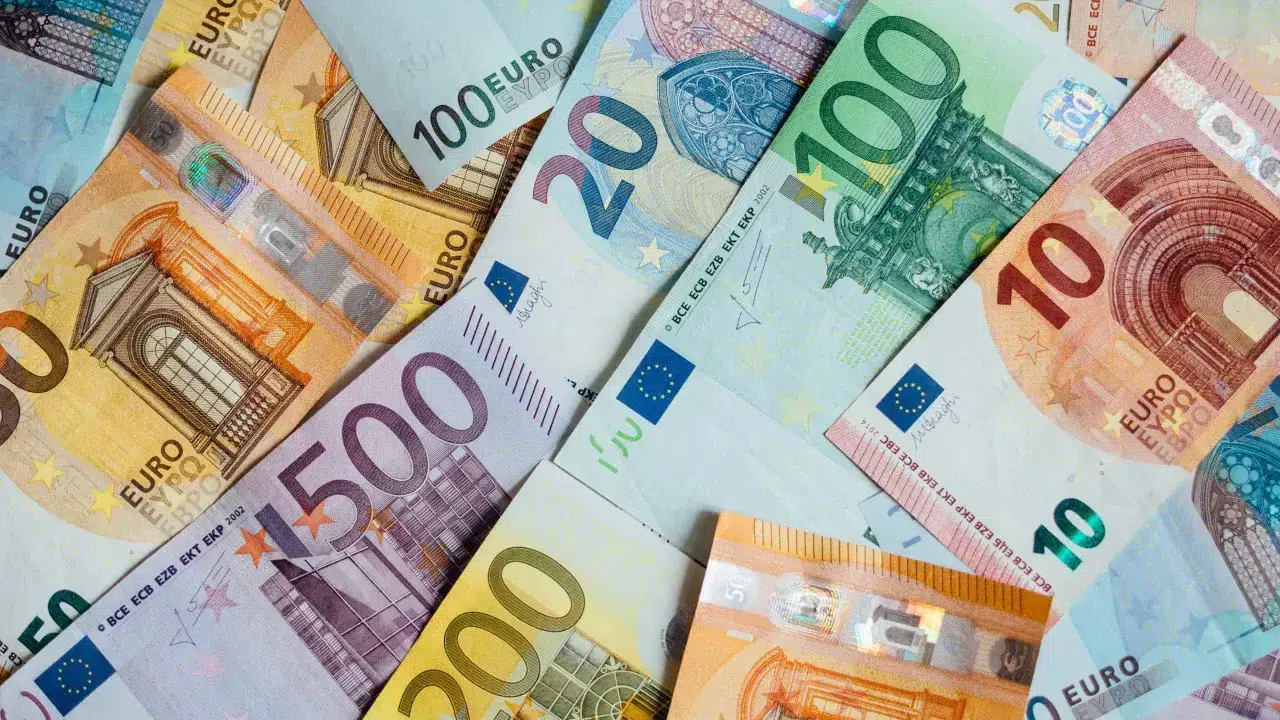
The week begins with an increase in fuel prices. The hike is expected to affect both gasoline and diesel, as per the predictions released on Friday by the Automóvel Club de Portugal (ACP).
An increase of 3.5 cents for diesel and two cents for gasoline is anticipated, according to the ACP, citing industry sources.
“If the forecasts for the upcoming week are confirmed, the average price of simple diesel is expected to rise to 1.608 euros per liter, while simple gasoline 95 will increase to 1.693 euros per liter,” the ACP reports.
The ACP emphasizes, however, “that these forecasts are based on the assumption of the continuation of extraordinary tax reduction measures implemented by the government to mitigate price increases” and reminds that the “measures in place include the reduction of the Oil Products Tax (ISP) and the compensation of additional VAT revenue.”
Follow this tip to save
Note that the Direção-Geral de Energia e Geologia (DGEG) always publishes the most economical fuel stations in the country – you can check them here.
To find the cheapest fuel stations near you, you can access this link and select ‘filter by municipality’ at the top, then click on the respective district in the list that will be displayed. Finally, select the municipality you wish to check, as well as the type of fuel.
What happened last week?
This price increase comes after the relief observed in the past two weeks.
At the start of last week, gasoline became cheaper, while diesel registered a (very) slight increase, according to average prices updated by the Direção-Geral de Energia e Geologia (DGEG).
In summary, simple gasoline 95 dropped from 1.689 euros per liter to 1.675 euros per liter between Friday and Monday, which means a reduction of 1.4 cents.
Meanwhile, simple diesel rose from 1.570 euros per liter to 1.573 euros per liter during the same period, marking an increase of less than half a cent.
How is the oil market?
The price of Brent crude oil for delivery in September closed on Thursday, in the London futures market, down 2.21%, dropping below the 70-dollar mark to 68.64 dollars. North Sea crude, a benchmark in Europe, finished the session at the Intercontinental Exchange quoting 1.55 dollars below the 70.19 dollars it reached at the end of Wednesday’s trading.
Brent saw a significant fall after three sessions of gains, moving away from the 70-dollar per barrel threshold as investors evaluate the uncertainty surrounding U.S. President Donald Trump’s tariff plans and their impact on the global economy.
Trump threatened Brazil on Wednesday with a 50% tariff on exports to the U.S., escalating his tariff threats, after also announcing plans to impose tariffs on copper, semiconductors, and pharmaceuticals.
However, considering that this week Trump also extended the deadline for trade negotiations, originally scheduled to end on July 9th, increasing his record of reversals in his tariff policies, experts say the market is becoming less reactive to these announcements.
Investors are also closely observing the Organization of the Petroleum Exporting Countries (OPEC+) and its allies, who, after approving a higher-than-expected production increase in August, are indicating that they may announce another significant increase in September.




